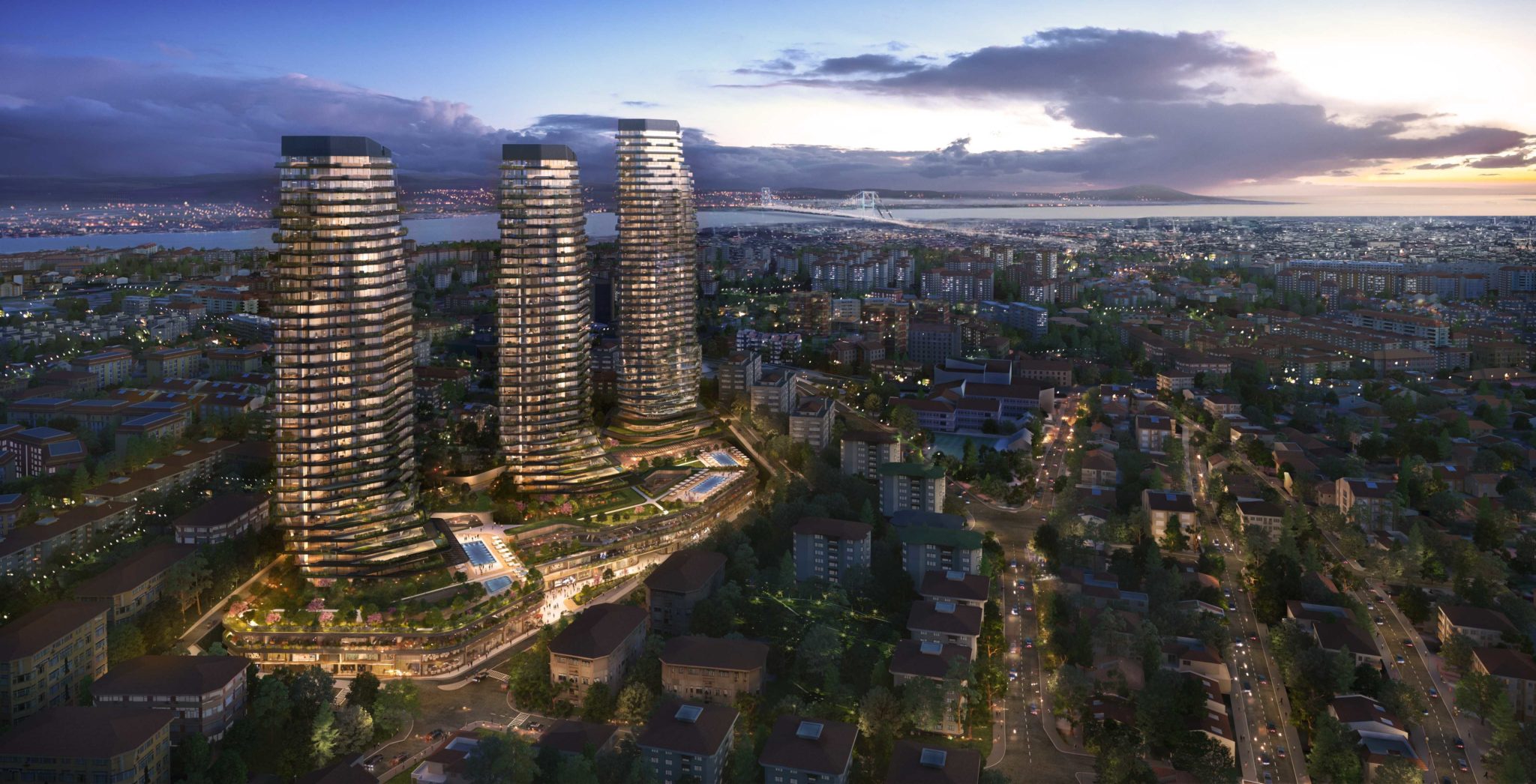From zipping through Marrakech’s medina on a motorbike to analyzing the best placement for hair dryer plugs, Jill Kluge, Mandarin Oriental’s newly appointed chief marketing officer, is constantly grappling with changes and opportunities in luxury travel. A Mandarin employee for the past 25 years, Kluge was just tapped to the company’s board and oversees marketing for 32 hotels in 23 countries, as well as six residential properties. The brand plans to open another 15 hotels and 13 residences within the next five years.
Kluge spoke to Worth about her strategies to further brand recognition, the A-list women architects designing Mandarin Oriental’s new properties and the importance of delight.
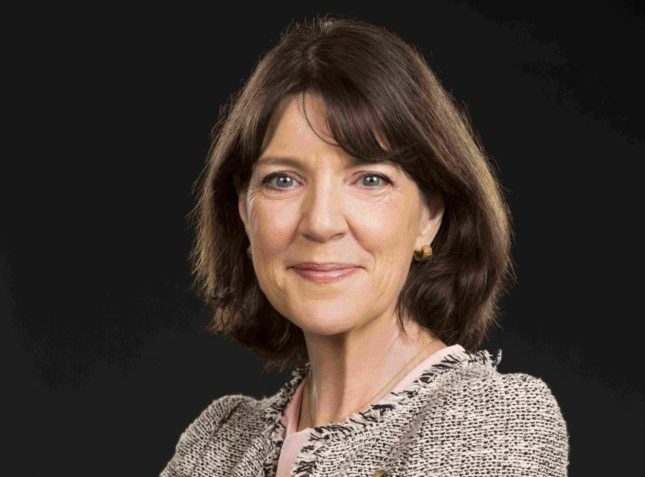
Q: What are you most excited about in your new role?
A: The most exciting thing is the growth and opening hotels in new destinations. I never tire of the excitement of going to a new place for the first time. This year we opened in Como [Italy], and I’d never been before—it’s always been on my bucket list. Those few months in a new destination, gearing up for opening, is what I always get excited about.

READ MORE: The Roman Art Historian Who Will Actually Make You Like Tours
You’re the first woman on the 14-member Mandarin Oriental board. What are your short- and long-term goals as a board member?
I have three key goals: to increase the awareness of our brand and enhance the appeal of our group to global luxury consumers, to improve our guest engagement and to create experiences that really make them loyal, and to increase the hotel’s market share and drive demand.
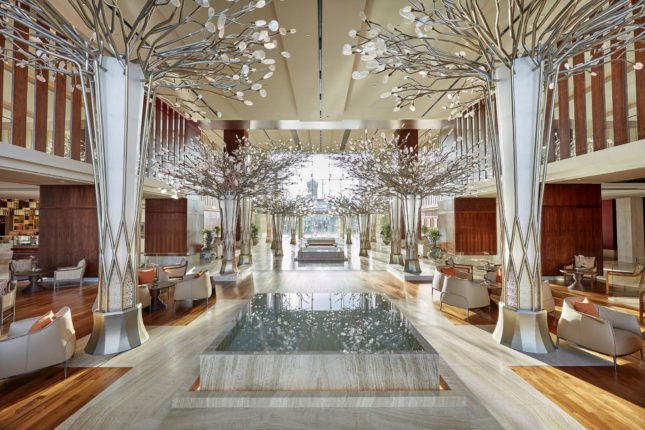
Mandarin Oriental has a very ambitious plan to build not only new hotels but also residential properties. Can you tell me about this strategy?
There are two areas that we’re developing, and they go hand in hand. We’re becoming better known for our resorts: the new one on Lake Como, our Dubai property on the beach, and we’ll open Phuket and Bali in the next couple of years. Grand Cayman is coming, and we launched Canouan [St. Vincent and the Grenadines] this year. The focus on our resort properties is helping us in designing from a leisure standpoint.
The residences are also integral to our business. We have a great following of residents who have properties attached to our hotels. The residences are beautifully created architectural spaces with the added advantage of our luxury service.
There are now opportunities for us to operate residences as stand-alone projects. We’re opening our first stand alone in Barcelona on the Avinguda Diagonal in 2021. This is a new model, and our development team tells us that there are many opportunities to do this.

You’ve mentioned wanting to ensure the properties are designed with the perspective of women travelers in mind. Can you tell me more about this?
The key is not so much women travelers per se, but the fact that our business has changed so dramatically. When I joined 25 years ago, we were very reliant on the traditional corporate business traveler—nearly always men—the high-end road warriors. But that has changed dramatically to our guests becoming far more leisure-oriented. Over 60 percent of our business now is leisure. We are seeing a lot more women coming to our hotels, not only in a leisure environment, but also as business travelers. We need to be thinking about that and designing our properties with women in mind.
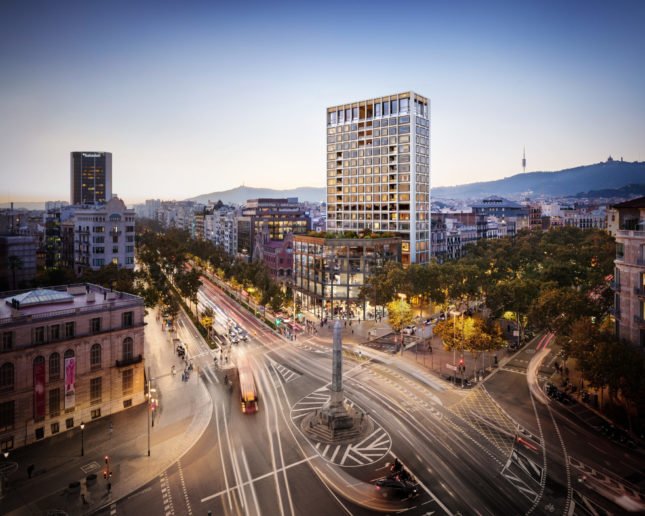
What are some examples of how Mandarin Oriental is achieving this?
It always amuses me because I often get invited to the mock-up room stages in our hotels. They’re frequently designed by men, so things like lighting for makeup, plugs for hair dryers and curling irons are not in the right place. Bathrobes are very large.
We’re now working with important women designers. At the Ritz Madrid, we’re renovating with French husband and wife design team Gilles and Boissier. In London, we just finished working at the Hyde Park property with Hong Kong architect Joyce Wang, who trained with Foster + Partners in London. Patricia Urquiola’s working on our hotel in Barcelona. These women are really creating an increased residential feel to the rooms that best reflect the local communities and cultures in which they are placed. In other words, not standard hotel accommodation and furniture, but finding pieces that are more bespoke and fit the space.
It must be said a lot of the things that were traditionally for women are equally important for men. For example: We’re introducing yoga and fitness options into all of our televisions. We have yoga mats in our rooms, used as often by men as women. We’re making sure our menus are healthy. This is not just a female need, but I think it’s being driven by the fact that our leisure business has increased so much, and often the women are booking the rooms.
How has your approach to marketing changed since you’ve been with the company?
My team and I are working closer than ever with the development and design team, simply because our guests are changing. It’s a part of the job that we all love. We now get involved in the early days of designing a hotel, and we say ‘don’t forget we need more interconnecting rooms for children or spacious suites with kitchenettes.’
What are some of the specific design decisions you’ll be recommending?
A key area is the closets. It’s important to have a really big open dressing area, and well-lit, spacious hanging space with the right length and the right hangers for dresses, trouser suits, and jumpsuits. It’s amazing to me how some of our older hotels don’t have full-length mirrors. Now our rooms automatically have that. Having his and hers sizing is also important, with smaller and larger options for slippers and bathrobes.
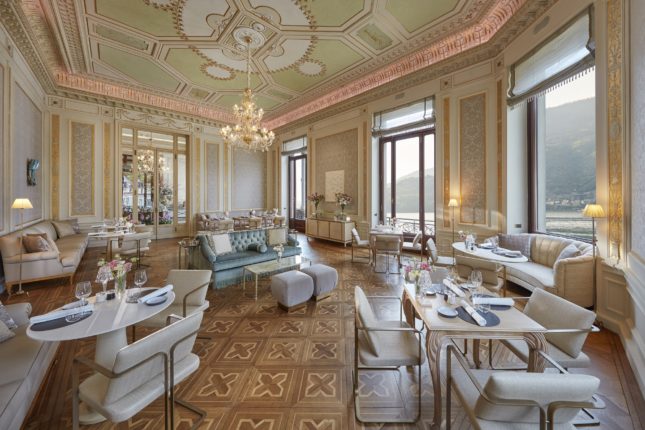
What are the best and worst design elements you’ve encountered as a business traveler, whether at MO hotels or in other properties?
One of the best design elements that we’ve created, and I know some other hotel groups are trying to copy, is our pass-through valet box. Every guest room in the new Mandarins has this box that service can access from outside of your room, without having to disturb the guest. They deliver laundry and newspapers there, leave messages and letters.
Some of the worst design involves bad lighting in the bathrooms, which is always a problem.
Another issue, especially for a female business traveler, is when you have very dark corridors, with rooms a long way from the elevator. It can be intimidating, and at night it doesn’t feel good. We ensure bright, well-lit hallways are a key component of our hotels.
How else does Mandarin Oriental ensure the personal safety of women travelers?
A couple of key points for all guests: We require key cards in elevators to give access to individual floors. The check-in team never communicates a room number aloud at check-in; it’s on the key card. We’ve started to hire more female security officers, certainly in Asia. It gives a sense of security to women traveling on their own.
Service is also crucial from a safety standpoint. A knowledgeable concierge can recommend safe, welcoming places for single travelers to eat and enjoy.
READ MORE: 14 Hotels That Tell Women’s Stories
How are the concierges trained?
We want our staff to be intuitive and not force a conversation. A super efficient and respectful approach is what some travelers want after a long day. Other guests love the fuss and want to be kowtowed to. We put our colleagues through lots of role playing on how to pick up behavioral cues. Emotional intelligence is absolutely essential.
Our service approach is changing, too. We’re moving from the traditional Asian service, which was very formal, very humble, very beautiful but also sometimes almost obsequious, to a far more personalized approach.
Beyond your own hotels, where do you see the travel industry moving in terms of appealing to an increasingly diverse demographics of luxury travelers?
There are so many new concepts. Airbnb and the luxury villa market are our key competitors in many ways. Certainly, the move away from simply providing luxury service and facilities to creating experiences is a must. Particularly in emerging markets like China and India, the winning companies will be the ones that really understand the importance of that. We’re partnering with local organizations and companies like Abercrombie & Kent to provide bespoke local experiences.
READ MORE: The Florida Community That Pioneered New Urbanism
What are some of those experiences?
In Milan, we have a package that will give you private access to Leonardo’s Last Supper in the Basilica di Santa Maria delle Grazie, including a catered dinner in the Basilica. We also recently went backstage with Cecilia Bartoli at La Scala. In London, we’re working with Harvey Nichols to give our guests after-hours access with a personal shopper two nights of the week. This summer, Bryan Ferry is performing in Hyde Park, and we have 20 guest tickets to get into the inner circle of the concert, followed by a drink with Bryan at our hotel.
Have you tested any of the experiences yourself?
I’ve just been to Marrakech, and we offer a tour of the medina on the back of a motorbike with a side car. It’s an excellent way to get through the tiny lanes of the medina. I tried it. It was hilarious. I was in the side car and my 20 year-old son was on the motorbike. We had a really fun time. My son’s really into cooking, and we have a great program in place where you learn to cook the tagines with the chef.
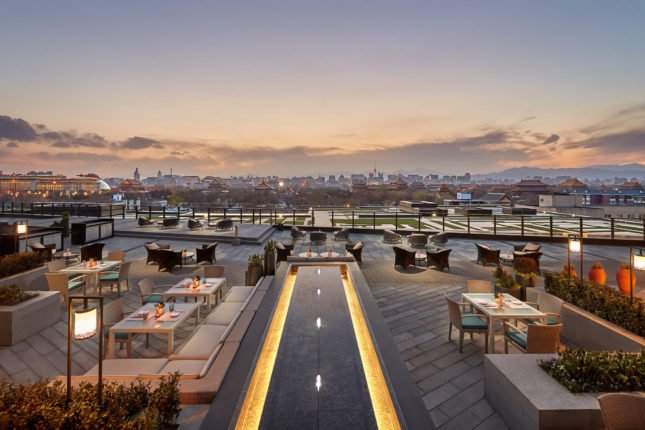
You mentioned the importance of China. What are you doing there to grow your business?
China is our second largest market. We now have five hotels there, with another four to five under development. Really what I’m focusing on there is getting brand recognition. We’re not as well-known as many of the local companies.
The most important things for the China customer are these: They want their comforts when they stay with us, so our noodle soup has to be 100 percent genuinely Asian, but they equally want to know what the local people love. Having those concierge experiences is going to be important. We’ve just launched our hotel in Beijing, and our roof has the most amazing views of the Forbidden City. We are offering very high-level tours of rooms in the Forbidden City that don’t normally allow public access. We’ve also done amazing picnics on the Great Wall.
How has being a working parent influenced your thoughts on design for the properties?
What’s important for a parent when you arrive at the hotel is for the children to be taken care of. You’re often flustered with young children. It works so much better if the service element immediately focuses on the child. If someone is playing with the child while you are then checking in, it’s a wonderful experience.
That’s something our hotels are focusing on. Leisure is such an important part of our business, whether family holidays or business people traveling with children. We’re making sure menu choices are appropriate, and especially in our resorts, that we’ve got good children’s programs in place.
You’ve been with Mandarin Oriental for more than 25 years. How has the culture changed since you began?
The culture has changed because of the move from corporate to leisure, experiential-based business. We’ve gone from guests needing super efficient service and spot-on breakfast and then being gone for the day to having guests spending more time in the hotels and looking for more experiences.
Our mission has stayed the same. We’re always on a mission to delight our guests. Delight is a word that still strikes a chord to me.

